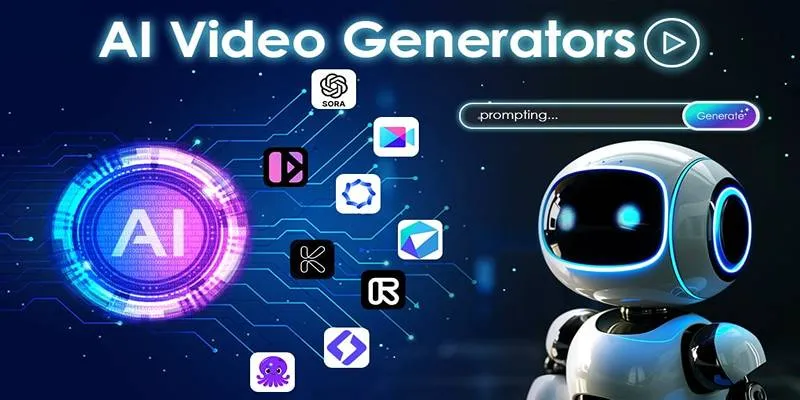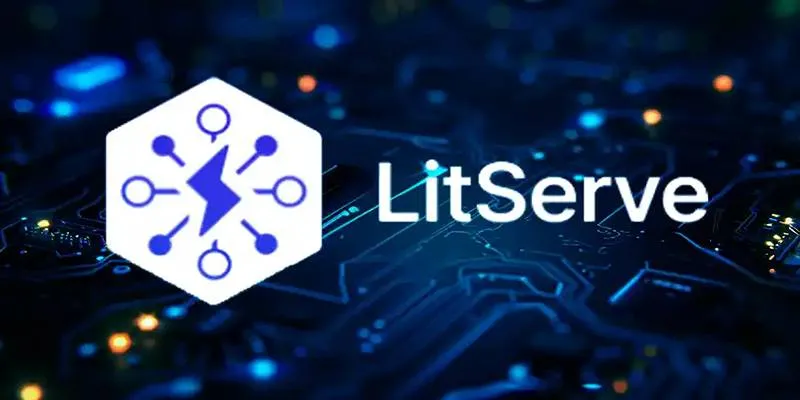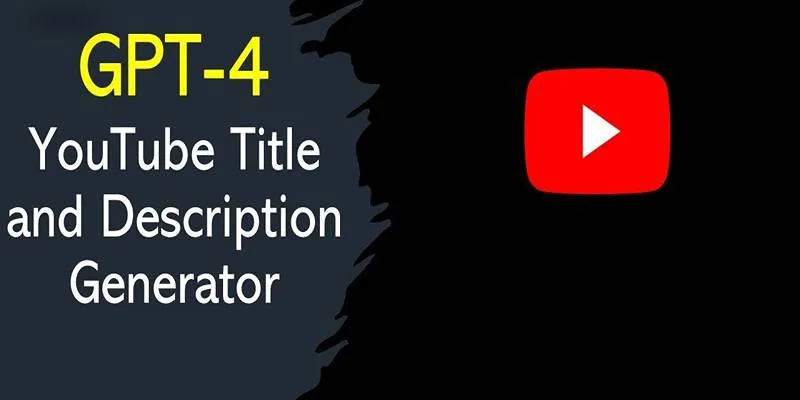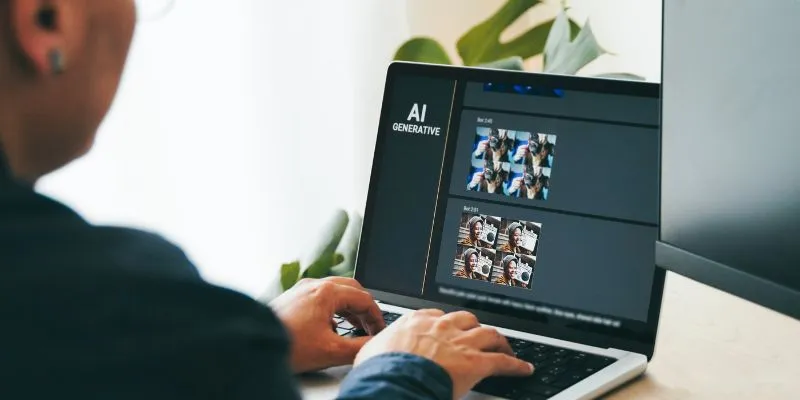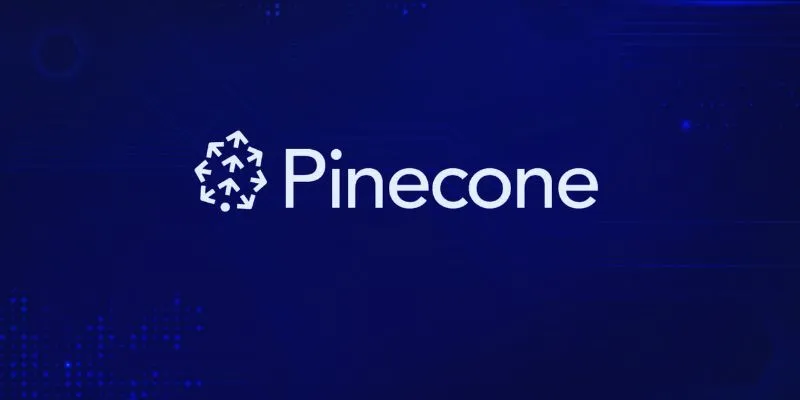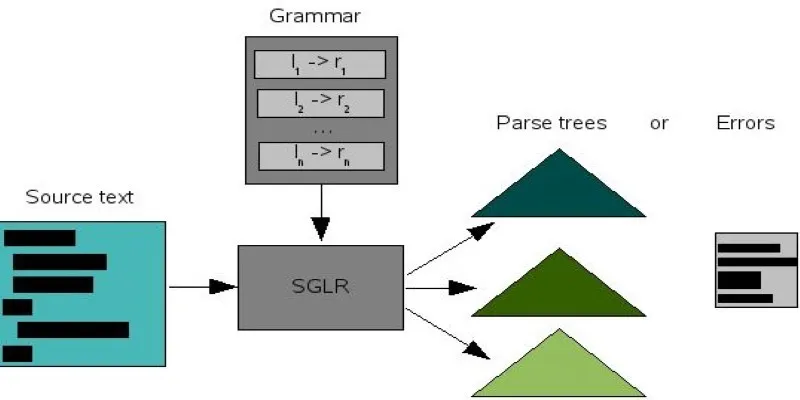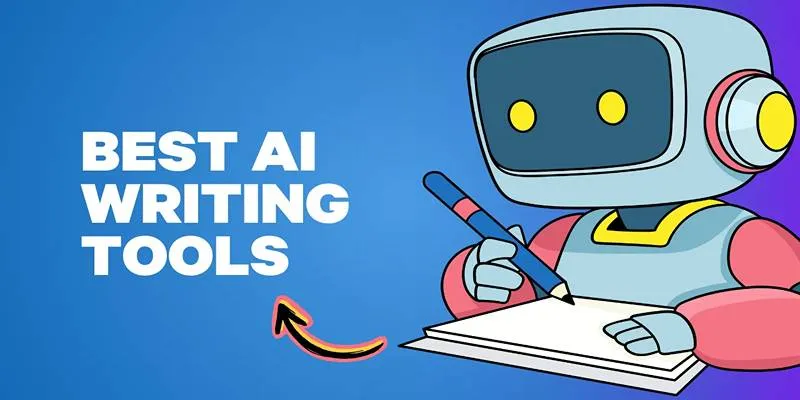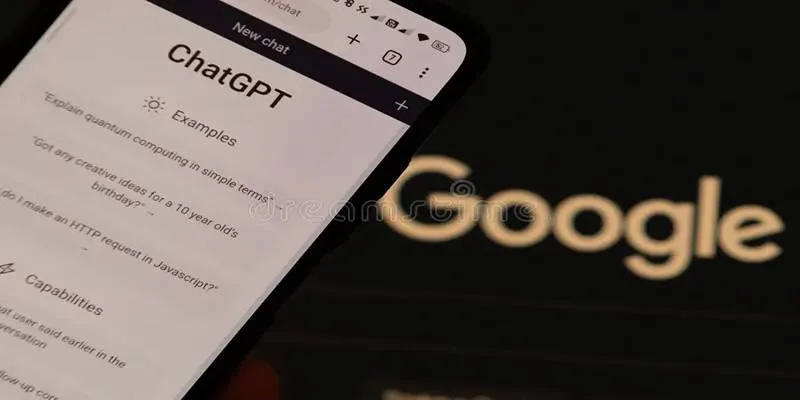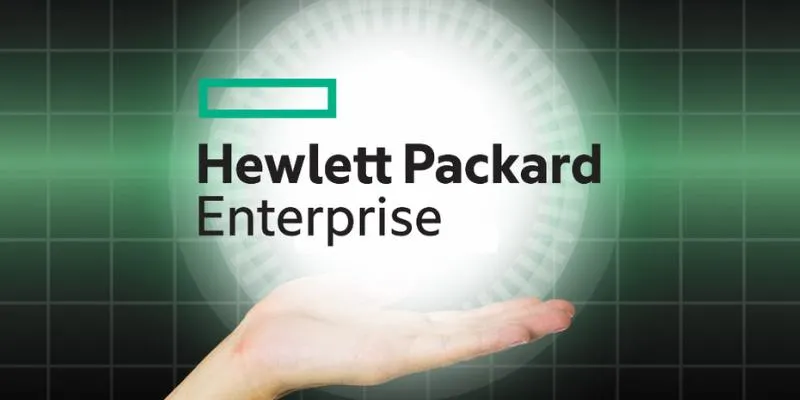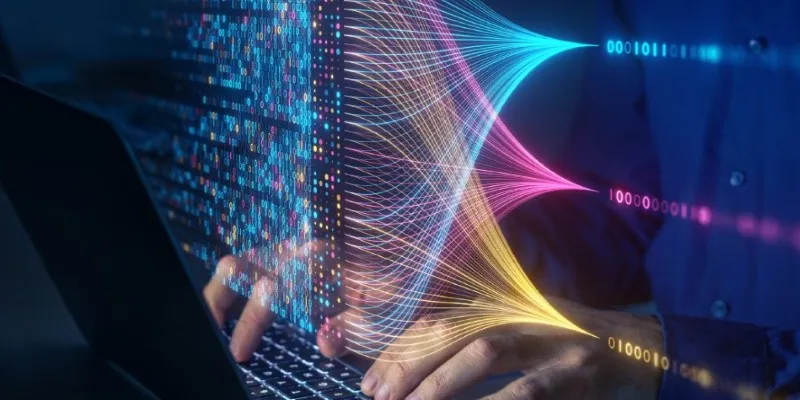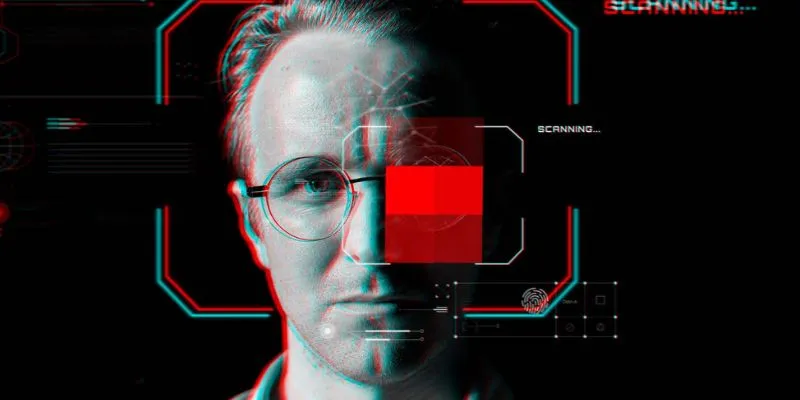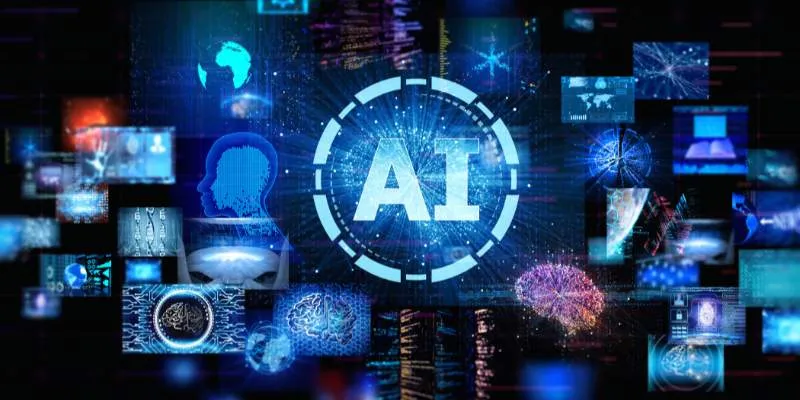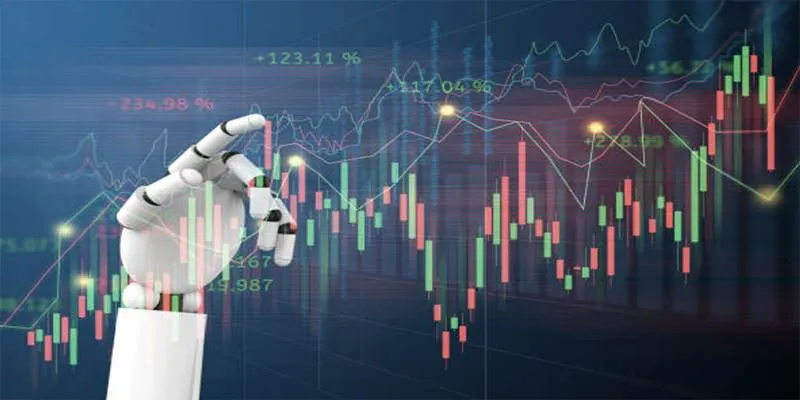Google’s text-to-move video system , Veo 2, is the most advanced model the company has developed to date. It transforms basic text prompts into high- definition, cinematic-quality videos, boasting improved motion consistency and visual accuracy. Veo 2 can handle complex visual effects like time-lapse, slow motion, and seamless transitions, making it a buzzworthy tool in the filmmaking and content development sectors.
Despite its advancements, questions have arisen. Users and critics express concerns about its safety, ethical standards, and bias controls, particularly regarding deepfake misuse and other potential abuses. Veo 2 highlights the growing need for robust regulation while showcasing creative potential, reigniting discussions on AI responsibility.
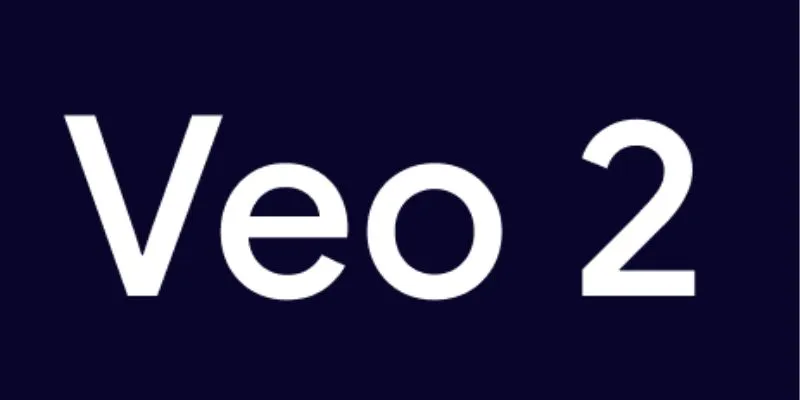
Impressive Text-to-Video Capabilities
Google Veo 2 excels at creating clear videos from text inputs, surpassing previous models in capturing timely details. Its videos feature consistent motion, lighting, and camera angles. Users can specify styles, including animated or cinematic, further enhancing output customization. Veo 2 supports frame interpolation for fluid motion, rendering time-based events like cloud movement, water ripples, and human walking with remarkable accuracy. Its color grading and high-resolution output are equally impressive.
Supporting resolutions up to 1080p, Veo 2 is ideal for online distribution. It can generate short clips that mimic professional direction, with Google claiming it learns from both licensed and public video data to minimize unintended outputs. Veo 2’s strength lies in leveraging simple verbal cues to create striking, near-realistic images, streamlining production for artists without sacrificing tone or quality.
AI Alignment and Ethical Challenges
While Veo 2 is a powerful tool, moral concerns persist. Its video creation capabilities raise potential abuse issues, such as producing false or damaging content. Google asserts it has implemented security measures, though specifics are sparse. The model’s ability to replicate real-life events facilitates deepfake production, necessitating vigilant oversight to prevent misuse.
The composition of the training dataset is another critical issue. If the data contain biases, outputs may reflect those prejudices. Google claims to use filtered data and feedback systems, but experts call for greater transparency. Identity protection poses additional challenges, as realistic videos could lead to privacy and legal issues. Platforms hosting AI-generated videos must establish stricter policies to prevent misuse, highlighting the importance of balancing power with responsibility in AI video models.
Comparison with Other Video Models
Veo 2 enters a competitive market for AI video products, rivaling models like OpenAI’s Sora and Runway’s Gen-2. Veo 2 outperforms Gen-2 in motion, presenting fewer visual errors and smoother transitions. It maintains object consistency better than Sora, which sometimes struggles in this aspect. Users report improved lighting balance and texture rendering with Veo 2, though Sora offers longer video lengths. Currently, Veo 2 clips are brief, generally under thirty seconds.
Runway’s user interface is more beginner-friendly, while Google’s Veo 2 caters to control-oriented professionals. Veo 2’s ability to follow detailed instructions is a notable advantage; for instance, a request for “a sunrise over a desert in slow motion” yields stunning imagery. However, Runway boasts faster processing speeds, with Veo 2 lagging in producing longer clips. While each tool has its strengths, Veo 2 stands out for realism and creative control, with its future success dependent on ongoing refinement and user trust.
Potential for Creative Industries
Veo 2 holds significant potential for filmmakers and directors, offering real- time footage-like images that reduce costs and time. Independent filmmakers can create scenes without large crews or expensive equipment, while marketing firms can quickly develop advertisements. Content creators on platforms like YouTube or TikTok may also find it beneficial, enabling engaging visual content production without traditional editing tools. Veo 2 supports various visual styles, including noir, fantasy, and documentary, allowing cross-genre narratives and concept testing before actual filming.
Concepts and storyboards come to life with minimal effort, offering visual artists the freedom to explore new aesthetics without cameras. However, licensing and copyright usage remain uncertain. If generated videos closely resemble real footage, potential rights infringements could occur. Google must address these legal ambiguities, as Veo 2 could revolutionize content development by lowering barriers and amplifying diverse voices in visual storytelling.
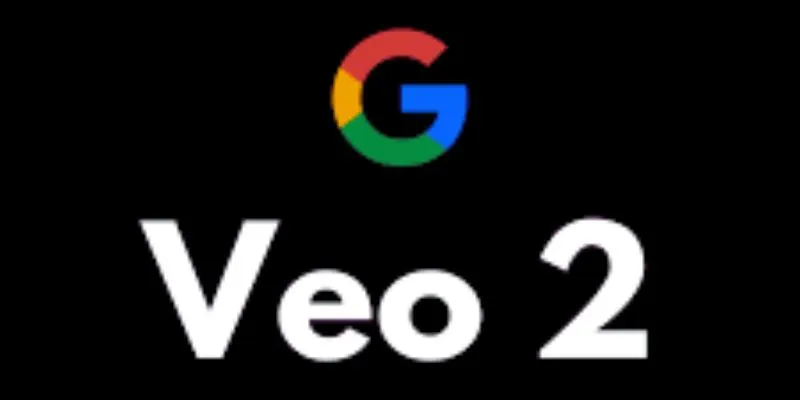
Concerns Over Access and Regulation
Access to Veo 2 is currently restricted to select partners and artists, with Google conducting safety and feedback testing. This limited deployment raises transparency concerns, with critics advocating for community testing to accelerate progress. However, restricted access helps mitigate misuse, reflecting the growing demand for AI model governance.
Regulatory authorities require companies to address AI-related threats, with initiatives like the EU AI Act aiming to standardize similar models. These global regulations may impact Veo 2, with ongoing evaluations of its safety and performance. Data privacy laws could also affect the training and distribution of audiovisual material, presenting legal challenges if generated footage appears to depict real individuals. Google must ensure robust safeguards to maintain trust in Veo 2, as its long-term success depends on effective policy management and AI accountability.
Conclusion
Google’s Veo 2 raises significant ethical concerns while delivering advanced video capabilities, showcasing AI’s progress in visual storytelling. However, risks related to legality, bias, and misuse loom large. As access expands, responsible use will be imperative. Veo 2’s long-term success hinges on strong regulation and transparency, serving as both a breakthrough and a cautionary tale. It exemplifies AI’s dual nature, balancing realism with potential risks. The ongoing conversation about its future revolves around advanced video- generating tools and AI video model concerns.
 zfn9
zfn9

